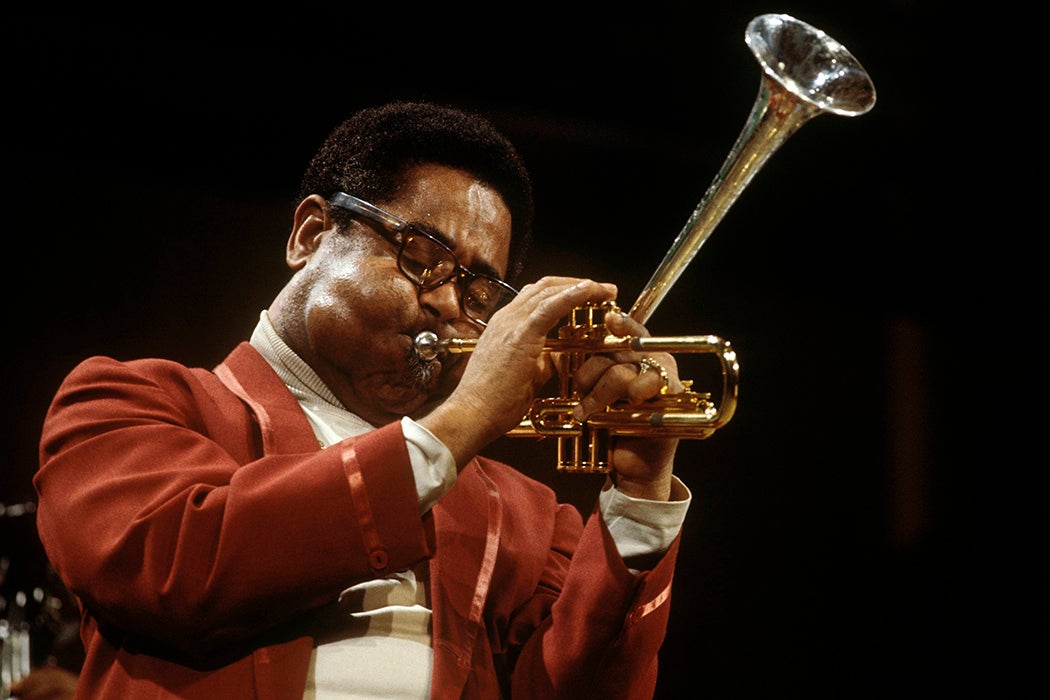Why do jazz and poetry feel so interconnected—so much so that some have even described “jazz poetry” as its own form?
It might help to start with a definition. Jazz poetry can be poetry that is strictly about jazz, or it can take its structure from the rhythms of the music. Because the definition of the form is so varied, explains musician and musicologist Hao Huang, poets as different as “Jack Kerouac and Maya Angelou have tried their hand at writing jazz poetry, often experimenting with jazz music backgrounds to their own poetry readings, with varying degrees of literary integrity and success.”
Jazz poetry finds its roots in Black communities. As Huang writes, “jazz poetry alludes to the lived black experience in America, as does jazz.”
The relationship between poetry and jazz has led to some fascinating collaborations. As poet and literature scholar Barry Wallenstein describes it, jazz poetry happens “when the two arts physically combine, when poets, collaborating with music in performance on stage or on record, merge language and music into a highly personalized synergism.”
It’s this mingling of forms that gave us pieces like Charles Mingus’s “Scenes in the City” (1959), a nearly twelve-minute piece where Mingus’s band backs narrator Melvin Stuart as he recites a Lonnie Elders and Langston Hughes poem about life and music and modern city life. Hughes was, of course, no stranger to jazz. As Huang points out, his work had always found inspiration from the energy of jazz, and he spent much of his time in jazz clubs. He’d make his own jazz-backed album of poetry, Weary Blues, in 1958.
Weekly Newsletter
Of course, as Huang writes, though it has its roots in the Black experience, jazz poetry found a home in other circles. Beat poet Kerouac teamed with jazz musicians to record two albums in the 1950s. Kenneth Patchen was another one of many poets who “gravitated toward jazz rhythms and jazz language,” as Wallenstein puts it. Patchen released albums in the late 1950s combining his poetry with music. As Wallenstein writes, “The conscious collaboration between formal poetry and jazz flowered in the 1950s,” but the combination would find a place long beyond that time, with work by artists like Gil Scott-Heron and the Last Poets in the 1970s; Amiri Baraka, who would record several albums, including one for Motown’s Black Forum imprint in 1972; and poet Jayne Cortez, who released several albums, including one with bassist Richard Davis in 1974.
While jazz poetry can take many forms, its heart may be in its approach, in how the poet hears the music and translates it to the page. Or in how the musicians note the verses, then turn them into sound. As Langston Hughes once said, “I tried to write poems like the songs they sang on Seventh Street…[songs that] had the pulse beat of the people who keep on going.”







